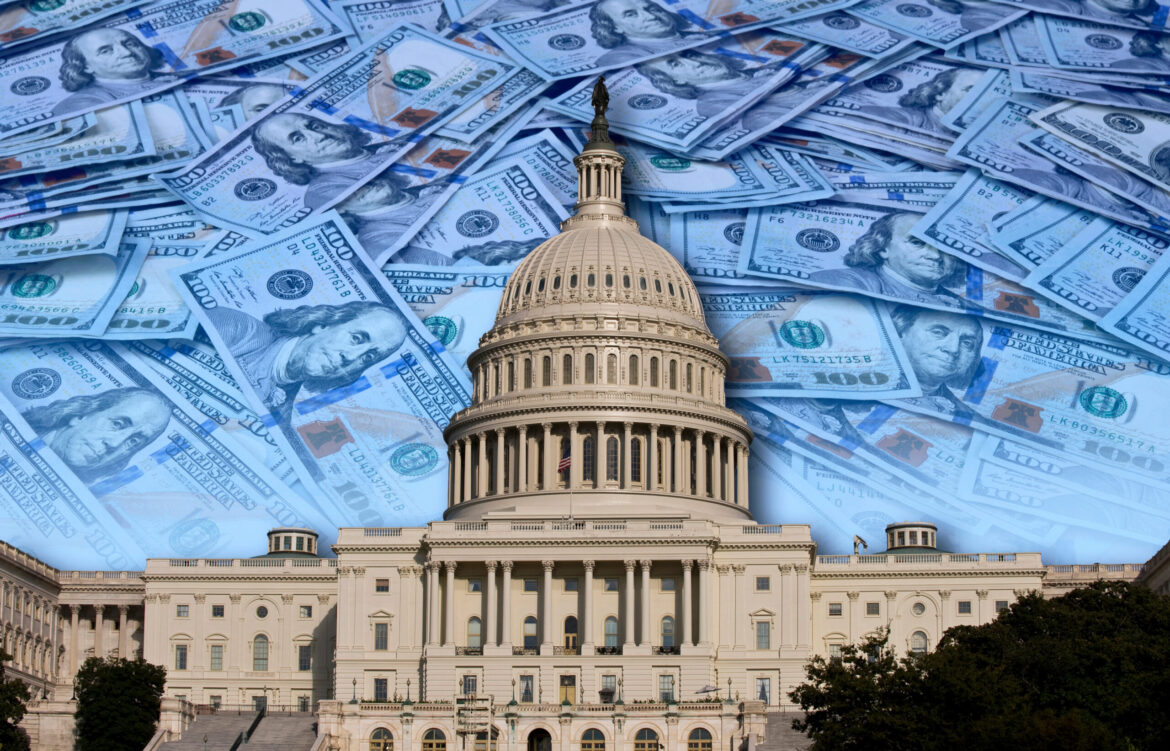The Skinny: Key Points on K-12 Education in Trump’s FY26 Budget Proposal
The Trump administration released it's "skinny budget." Here's a look at what's at stake for K-12 education.

The Trump administration released its FY26 budget outline, also known as a its “skinny budget” because it is only 46 pages long.
The skinny budget is a very high-level overview of the administration’s proposed FY26 budget. It does not provide specific funding levels for most programs, including K-12 education. And the very few details it does include are open to interpretation that leave many unanswered questions. For instance, the budget says funding for 18 K-12 programs will be eliminated, but it does not specify any of the 18 programs that are affected.
Here are the key points of the Trump FY26 budget outline. Overall, the plan calls for cutting funding for programs under the U.S. Department of Education by $12 billion (15 percent) in the aggregate.
For K-12 education programs in particular, the proposal outlines the following.
Individuals with Disabilities Education Act (IDEA)
IDEA funding will remain at existing levels. But the Trump administration would combine seven unspecified IDEA programs. Besides the largest IDEA, Part B Grants to States program, there are seven IDEA subprograms:
- Preschool grants;
- Grants for Infants and Toddlers;
- State personnel development;
- Technical assistance and dissemination;
- Personnel preparation;
- Parent information centers; and
- Education technology, media, and materials.
Does combining all these programs together mean that the funding would be added to the proposed single IDEA grant, or does “maintaining funding” only apply to the state grant funding, in which case the consolidation would be a net cut in special education funding? It remains to be seen.
Title I
Similarly, the outline calls for Title I funding to remain at its current level—what the Trump administration describes as “full funding.” (Actual “full funding” for Title I that would serve every eligible student would be roughly $54 billion, or about three times the current $18.4 billion appropriation.)
K-12 Simplified Funding Program
A new $2 billion block grant, called the “K-12 Simplified Funding Program,” would consolidate 18 formula and competitive grant programs. The result would be a net $4.5 billion cut in K-12 funding. The 18 programs aren’t specified, but it would presumably include Title II ($2.2 billion), Title IV student academic enrichment grants ($1.4 billion), 21st Century Community Learning Centers ($1.3 billion), and 15 other unnamed programs.
Title III
One program specifically mentioned for elimination are the Title III English language acquisition grants (-$890 million).
Charter Schools
In fact, the only K-12 program slated for a funding increase would be +$60 million for charter schools.
Post-Secondary Programs
There are also number of significant cuts to post-secondary program funds, particularly for student financial aid and to those that help prep students for college. Funding for both the TRIO (-$1.1 billion) and GEAR UP ($388 million) would be eliminated because the administration calls them a “relic of the past.”
Head Start
Despite earlier press reports about funding being eliminated for Head Start, the program is not mentioned at all—either funded or not funded—in the outline.
The skinny budget is only the first step in a very long and arduous appropriations process. Already, Senate Appropriations Committee Chair Susan Collins (R-ME) expressed reservations about the scope of the cuts across multiple agencies, including education. A more detailed budget document is expected in June. And Education Secretary Linda McMahon will appear before House and Senate committees to provide more information and answer questions about the department’s budget plan in the coming weeks.
David Griffith is associate executive director, Policy and Advocacy, at NAESP.




